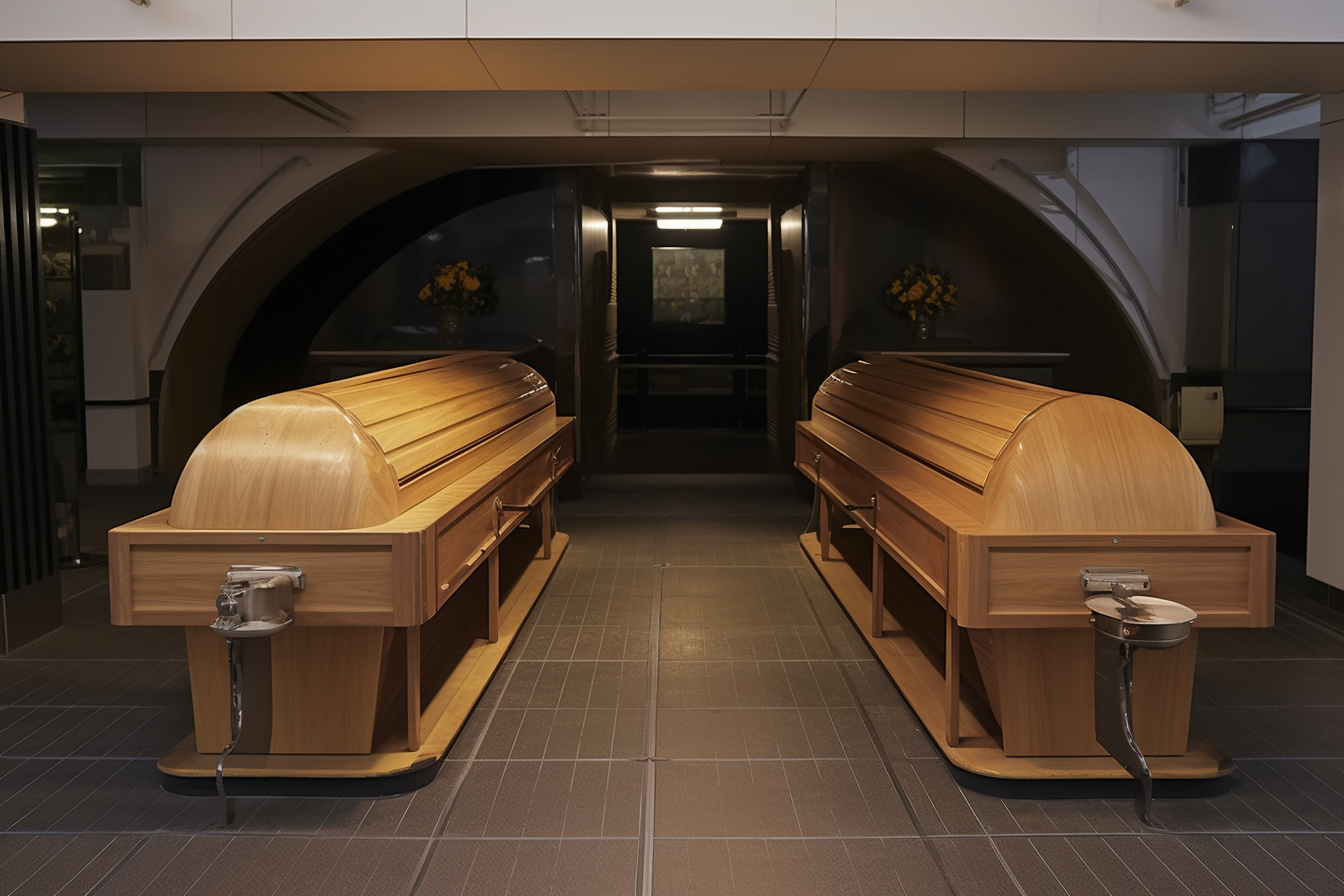Behind the Flames: A Comprehensive Guide to the Cremation Process
Cremation has become an increasingly popular choice for handling the remains of loved ones who have passed away. While many are familiar with the concept, the specific steps and considerations involved in preparing a body for cremation are often less well-known. This article delves into what happens during cremation and details the preparatory stages that ensure a respectful and seamless process for families and their loved ones.

Cremation continues to grow in popularity as an alternative to traditional burial, with many families choosing this option for various personal, religious, or practical reasons. Despite its prevalence, the actual cremation process remains somewhat mysterious to many. Understanding what happens behind the scenes can provide comfort and clarity during a difficult time. This comprehensive guide explores the entire cremation journey—from initial preparation to the final handling of remains—with a focus on the procedures that ensure respect, dignity, and proper identification throughout.
Preparing Loved Ones for Cremation
Before cremation begins, several important preparatory steps take place. First, the funeral home or crematorium staff gently bathes and dresses the deceased. Medical devices that contain batteries or radioactive materials, such as pacemakers or certain implants, must be removed as they can cause dangerous explosions in the cremation chamber. Jewelry and other personal items are typically returned to the family unless they have specifically requested these items remain with the deceased. Some facilities allow families to participate in preparation rituals, including washing and dressing their loved one, depending on religious or cultural traditions.
Identifying and Confirming the Deceased
One of the most critical aspects of the cremation process is proper identification. Crematoriums employ multiple verification systems to ensure the right person is being cremated. This typically includes ID tags that remain with the body throughout the entire process, often attached to the ankle or wrist. Many facilities require positive identification by a family member before proceeding. Additionally, paperwork verification occurs at multiple checkpoints, with staff members signing off at each stage. Some modern crematoriums also use barcode systems or similar technology to track remains throughout the entire process, providing an additional layer of security.
Steps Before the Ashes: Cremation Explained
Once preparation and identification procedures are complete, several administrative steps must occur. The necessary legal documentation, including death certificates and cremation authorizations, must be properly filed. In most jurisdictions, there is a mandatory waiting period (typically 24-48 hours) between death and cremation to allow for any potential investigations if required. The deceased is then placed in a cremation container—either a simple cardboard box or a combustible casket if the family has selected one. Some facilities allow family members to witness the beginning of the cremation process if desired, which can provide closure for certain individuals.
Inside the Cremation Chamber Process
The cremation chamber, also called a retort, is where the actual cremation takes place. Modern chambers are lined with heat-resistant bricks and can reach temperatures between 760-980°C (1400-1800°F). The body and container are placed inside the chamber, where intense heat reduces them to bone fragments over a period of 1-3 hours, depending on various factors including body size and chamber efficiency. Contrary to popular belief, flames don’t directly contact the body—instead, the extreme heat causes the body to undergo a process of dehydration and oxidation. After cooling, the remaining bone fragments are processed into a fine, sand-like consistency that constitutes what we commonly call “ashes.”
Safety and Dignity in Cremation Prep
Modern crematoriums follow strict protocols to ensure both safety and dignity throughout the process. Staff members receive specialized training in handling remains respectfully, and many facilities allow family members to view the cremation area beforehand if desired. Environmental considerations are also increasingly important—crematoriums must comply with emissions regulations and many are implementing more eco-friendly practices. The cremation chamber undergoes regular maintenance and cleaning between each cremation, ensuring no commingling of remains occurs. Some facilities also employ transparent processes where families can track the status of their loved one’s cremation through secure online portals.
The Final Steps: Processing and Returning Remains
After cremation, the cooled bone fragments undergo processing in a specialized machine that creates the fine, consistent texture people associate with cremated remains. These remains are then carefully transferred to either a temporary container or the permanent urn selected by the family. Most crematoriums provide certification documents confirming the identity of the remains and details of the cremation process. Families typically receive the remains within a few days, though expedited services are often available. The ashes can then be kept in an urn, scattered in a meaningful location (where legally permitted), buried in a cemetery plot, or divided among family members—providing numerous options for creating meaningful memorials.
Cost Considerations for Cremation Services
Cremation costs vary significantly based on location, included services, and provider type. Direct cremation (without funeral services) typically represents the most economical option.
| Service Type | Provider Type | Average Cost Range (£) |
|---|---|---|
| Direct Cremation | Crematorium | 1,000 - 1,600 |
| Cremation with Service | Funeral Home | 2,500 - 4,500 |
| Cremation with Memorial | Funeral Home | 3,000 - 5,000 |
| Witness Cremation | Crematorium | Additional 100 - 300 |
| Private Cremation | Private Facility | 1,800 - 3,000 |
Prices, rates, or cost estimates mentioned in this article are based on the latest available information but may change over time. Independent research is advised before making financial decisions.
Understanding the cremation process can provide comfort during a difficult time. From the careful preparation and identification procedures to the technical aspects of the cremation chamber and the respectful handling of remains, modern crematoriums prioritize dignity throughout the entire journey. While the process may initially seem mysterious or even intimidating, knowing what happens behind the scenes can help families make informed decisions and find peace in their chosen memorial arrangements. As cremation continues to evolve with new technologies and environmental considerations, the fundamental commitment to treating the deceased with respect remains at the heart of the process.




